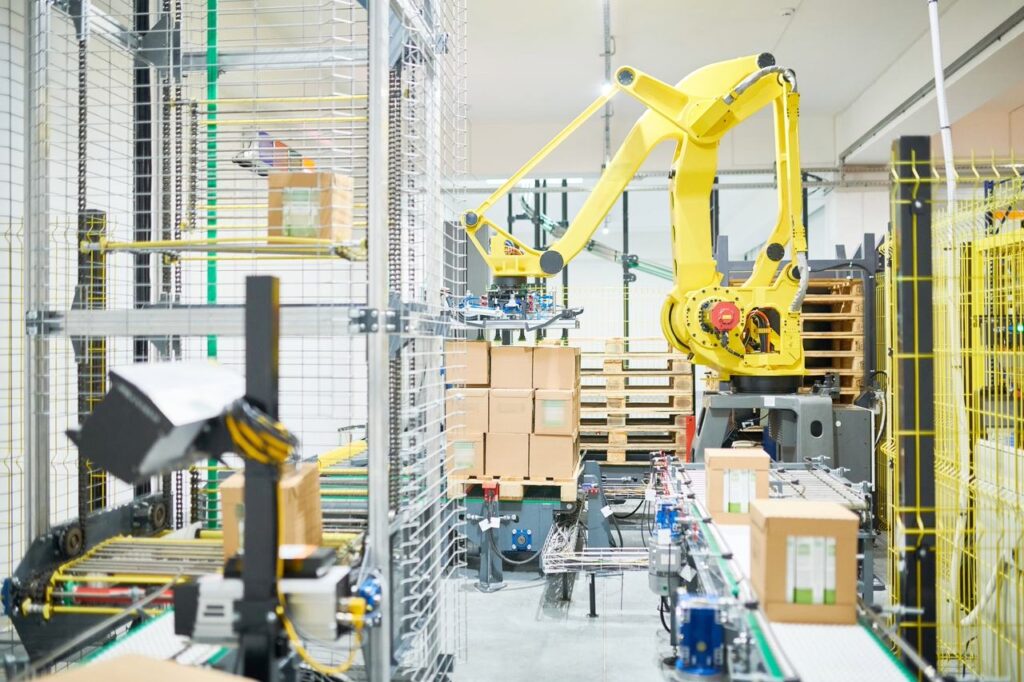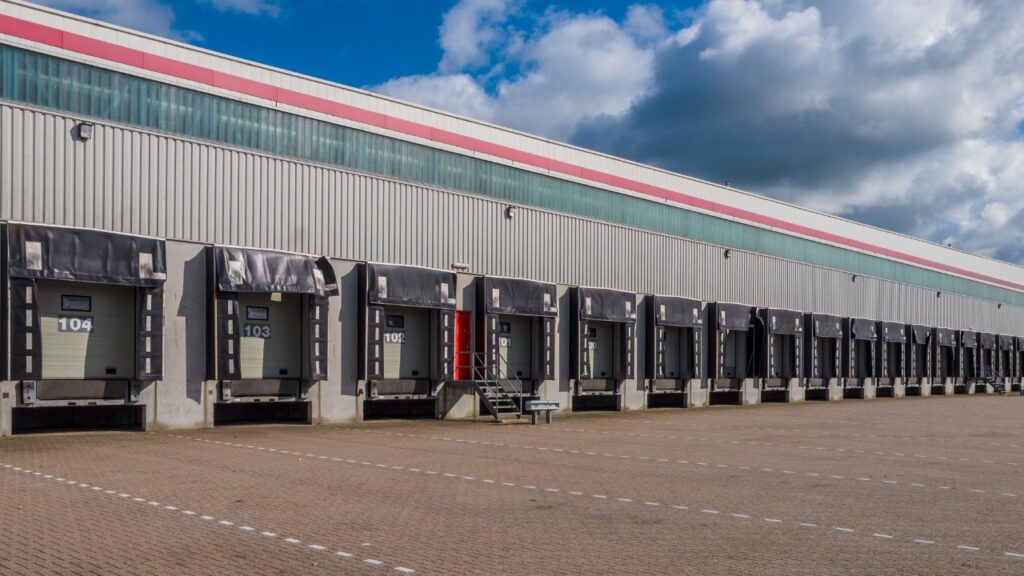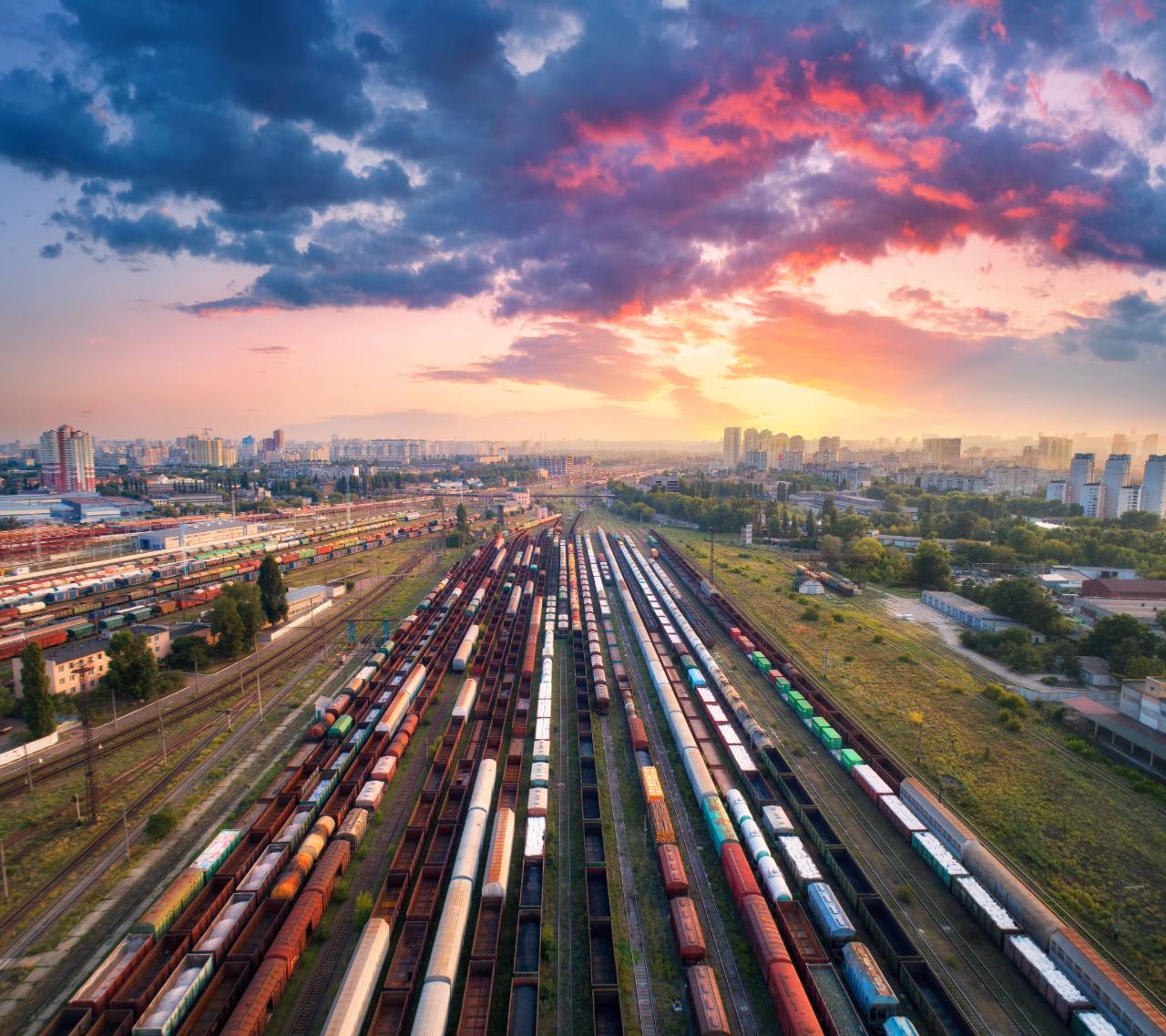Ready to Stay Ahead in Logistics? Here’s What You Need to Watch in 2024
The logistics industry is evolving fast. From automation to sustainability, staying ahead of the curve means knowing what’s coming next. If you want to keep your business competitive, you need to understand these top logistics trends for 2024 and how they can impact your supply chain strategy.
1. Automation Is Taking Over Warehouses

Let’s Face It—Manual Processes Are Holding You Back
Warehouses across the globe are becoming smarter and more automated. From robotic arms picking items to conveyor belts sorting packages, automation reduces errors and speeds up the entire process. If you’re still relying on manual labor for everything, you’re not just slower—you’re less efficient.
The Growth of Robotics and AI in Warehousing
Companies are rapidly investing in robotics to handle repetitive tasks like picking, packing, and sorting. Robots can work 24/7 without fatigue, ensuring faster processing times and fewer mistakes. Additionally, AI is helping to optimize inventory management by predicting stock levels, minimizing overstocking, and reducing shortages.
What This Means for You
Investing in automation isn’t a luxury anymore; it’s a necessity. Automated systems can handle repetitive tasks, freeing up your workforce for more complex responsibilities. That means fewer mistakes, faster processing, and ultimately, happier customers. Start small by automating key areas and gradually expand as your business grows.
2. Green Logistics Is No Longer Optional

Sustainability Matters—Consumers Expect It
More companies are investing in green logistics practices, and for good reason. Reducing carbon emissions, using eco-friendly packaging, and optimizing routes for fuel efficiency aren’t just nice-to-haves—they’re expectations. Customers are more environmentally conscious than ever, and businesses that don’t adapt will get left behind.
The Rise of Electric Delivery Fleets
Companies are now investing in electric vehicles (EVs) for last-mile delivery. Major logistics companies like UPS and FedEx are testing electric trucks to reduce their carbon footprint. Additionally, urban areas are pushing for clean energy solutions, making it essential for logistics companies to adopt green practices.
What This Means for You
Start thinking about how you can make your logistics operations greener. Whether that’s adopting electric delivery vehicles or partnering with a logistics company that emphasizes sustainability, it’s time to make the shift. Not only will this enhance your brand image, but it can also lead to cost savings through fuel efficiency and tax incentives. For smaller businesses, consider switching to recyclable packaging or working with partners who prioritize sustainability.

3. Real-Time Data and Predictive Analytics Are Game-Changers
Data Isn’t Just for IT Departments Anymore—It’s for Everyone
The logistics and supply chain industry is increasingly relying on real-time data and predictive analytics to improve decision-making. Real-time tracking allows companies to monitor shipments, optimize routes, and quickly address any disruptions. Predictive analytics, on the other hand, helps anticipate future demands, enabling businesses to prepare before problems arise.
The Power of Data Integration Across Supply Chains
Advanced analytics platforms now allow businesses to integrate data from multiple sources—inventory systems, shipping carriers, and even customer feedback—to get a comprehensive view of their operations. By understanding this data, companies can identify bottlenecks, forecast demand spikes, and plan for seasonal variations.
What This Means for You
If you’re not using data to streamline your logistics, you’re missing out. Tools that provide real-time tracking and data analysis can help you see where your operations are slowing down. You’ll get the insights you need to cut costs, reduce delays, and improve customer satisfaction. The sooner you adopt these technologies, the better. Consider starting with software that offers integrated solutions across your supply chain to maximize efficiency.
4. The Rise of Micro-Fulfillment Centers

Think Smaller Warehouses, But Closer to Your Customers
Micro-fulfillment centers (MFCs) are small warehouses located closer to the end customer, making last-mile delivery faster and cheaper. This trend is gaining traction as e-commerce giants look for ways to reduce delivery times. By distributing stock across multiple smaller centers, companies can fulfill orders quicker and improve their service levels.
Advantages Beyond Faster Delivery
Micro-fulfillment centers don’t just improve delivery speeds; they also help in lowering storage costs. Smaller facilities can be set up in urban areas, closer to the target customer base, which reduces the cost and time of last-mile delivery. This model also allows for better inventory management, as businesses can restock popular items based on local demand, reducing the risk of overstocking.
What This Means for You
Consider adding micro-fulfillment centers to your logistics strategy, especially if you’re dealing with e-commerce. It’s about being where your customers are. MFCs help in cutting down last-mile delivery costs, reducing lead times, and providing a more reliable service. This is a trend that smaller businesses can take advantage of to compete with bigger players. Evaluate areas with high order volumes and plan micro-hubs accordingly.
5. Artificial Intelligence Is Here to Stay

AI Isn’t Just a Buzzword—It’s a Tool for Efficiency
Artificial intelligence (AI) is revolutionizing every aspect of logistics, from warehouse management to route optimization. AI can analyze large datasets faster than any human, helping to streamline everything from order picking to predicting delivery windows. Companies are leveraging AI to improve accuracy, reduce costs, and increase efficiency.
AI-Driven Route Optimization
One of the most impactful uses of AI in logistics is route optimization. By analyzing traffic patterns, weather conditions, and delivery constraints, AI systems can suggest the most efficient routes for drivers. This not only reduces fuel costs but also improves delivery accuracy. Companies like DHL are already using AI-powered systems to enhance their delivery operations.
What This Means for You
If you’re not integrating AI solutions into your logistics, you’re going to fall behind. AI helps automate tasks, provides insights that humans might miss, and can drastically improve operational efficiency. Start small by incorporating AI-driven tools into your supply chain management, and scale as you grow. Even simple tools, like AI-based demand forecasting, can lead to significant improvements in planning and cost savings.
Conclusion: Stay Ahead or Get Left Behind
The logistics industry is shifting rapidly, and these trends are setting the pace for 2024. Automation, sustainability, data analytics, micro-fulfillment, and AI are no longer just trends—they’re becoming industry standards. If you want to stay competitive, it’s time to invest, adapt, and get ahead of the curve. Remember, staying static in logistics is not an option—improvement is the game.
